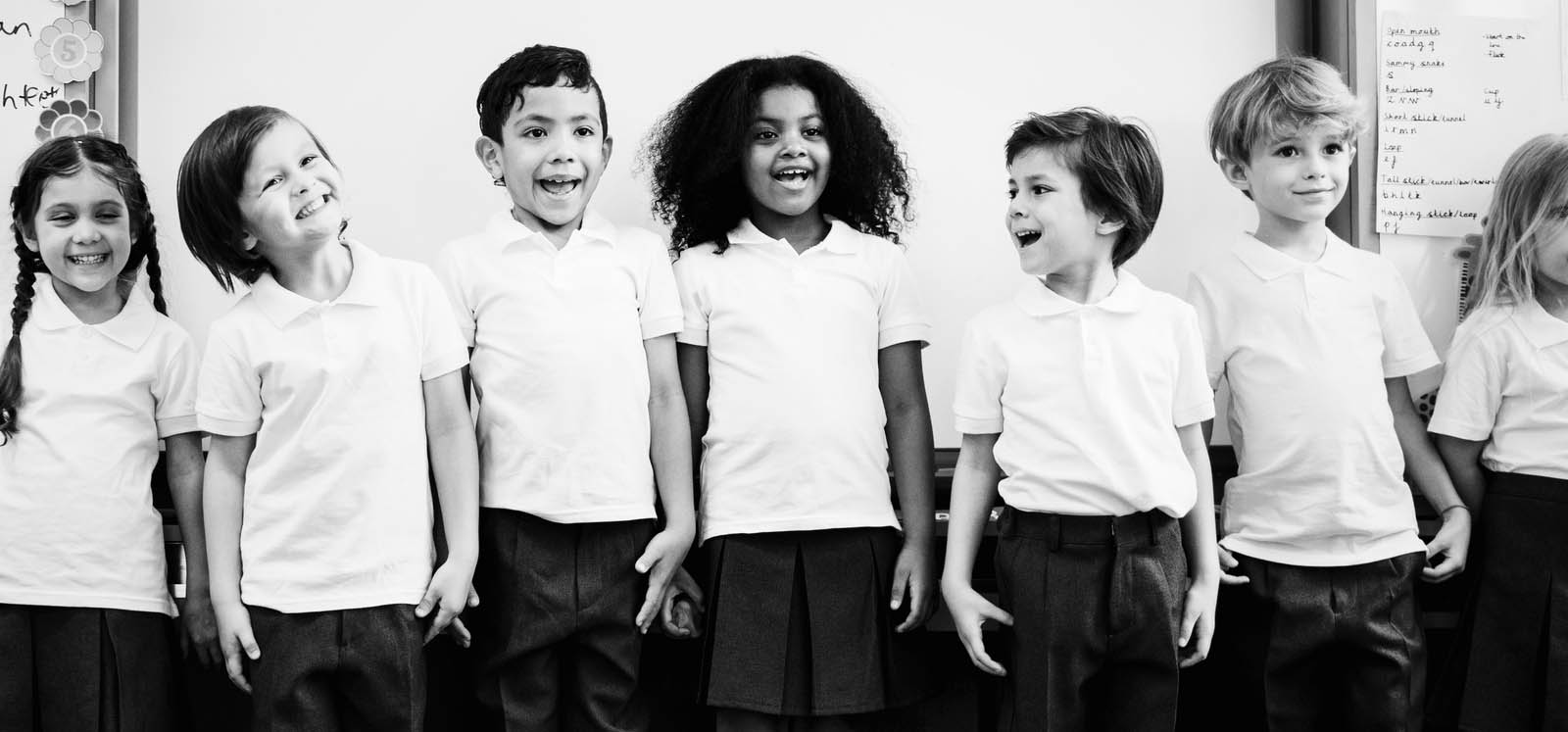Languages in NI Schools: New Report Shows Rise in Spanish, Irish and Heritage Language Support
The 2025 Language Trends NI report reveals rising support for home languages and growing interest in Spanish, Irish and Italian, with Spanish now the most-taught language in post-primary schools across Northern Ireland.

The "Language Trends Northern Ireland 2025" report had its launch event at Cliftonville Integrated Primary School, Belfast. Based on responses from over 55 per cent of post-primary schools, 17.4 per cent of primary schools, and more than 1,000 Year 9 pupils, the report reveals that home, heritage and community languages are gaining significant visibility and support in Northern Ireland’s education system. There are now more than 21,350 newcomer pupils (learners whose home language is neither English nor Irish) enrolled in Northern Ireland schools, accounting for six per cent of the school population in 2024-25. The research carried out by colleagues Dr Ian Collen and Dr Jayne Duff at the Centre for Language Education Research (CLER) at Queen’s University Belfast show that more schools are offering support to pupils to take exams in their home languages, with 70.5 per cent of the post-primary schools surveyed providing pupils with the option to sit exams in their home or community languages, either within the school or externally.
The report also shows that there has been a shift in the popularity of some languages taught in post-primary schools. Spanish has overtaken French for the first time as the most popular language at Key Stage 3, with 84.8 per cent of schools now teaching Spanish, compared to 81 per cent for French, down from 90 per cent in 2023. Irish is also seeing growth at Key Stage 3, taught in 41.9 per cent of schools, up from 35 per cent in 2023.
At GCSE level, Spanish remains the most popular language, having held the top spot since overtaking French in 2021. In contrast, French continues to decline, with 11.4 percent of schools offering post-16 courses reporting that they have discontinued the subject. Meanwhile, Irish is experiencing renewed growth, with entries increasing by 14.9 percent in 2024 compared to the previous year. German, on the other hand, has faced a sustained long-term decline, with GCSE entries dropping by more than half since 2002 - from 1,390 to just 638 in 2024. At A Level, Spanish remains the most popular language, followed by Irish and then French. German entries remain low.
The report cites several factors as barriers to uptake at post-primary. Forty-nine per cent of post-primary schools report that language classes won’t run without sufficient enrolment, a third (33.3%) of schools surveyed discourage lower-attaining pupils from taking languages and 36.2 per cent report that pupils may be advised by senior leadership not to take a language.
Teachers continue to express concern about the nature and content of external exams, describing them as one of the biggest challenges to providing high-quality language learning. Few schools reported that pupils received higher grades than expected in language exams. In terms of curriculum reform, 80 per cent of teachers said they would welcome a defined word list at GCSE, giving students access to the most frequently occurring vocabulary.
When asked about the languages they would like to learn, pupils ranked Italian highest for the second consecutive year, with 16.5 per cent of Year 9 pupils expressing interest, followed by Spanish at 14.9 per cent and Irish at 8.3 per cent.
To read the full report and find out more about Language Trends Northern Ireland, visit: https://nireland.britishcouncil.org/programmes/education/language-trends
Read reactions to the report.